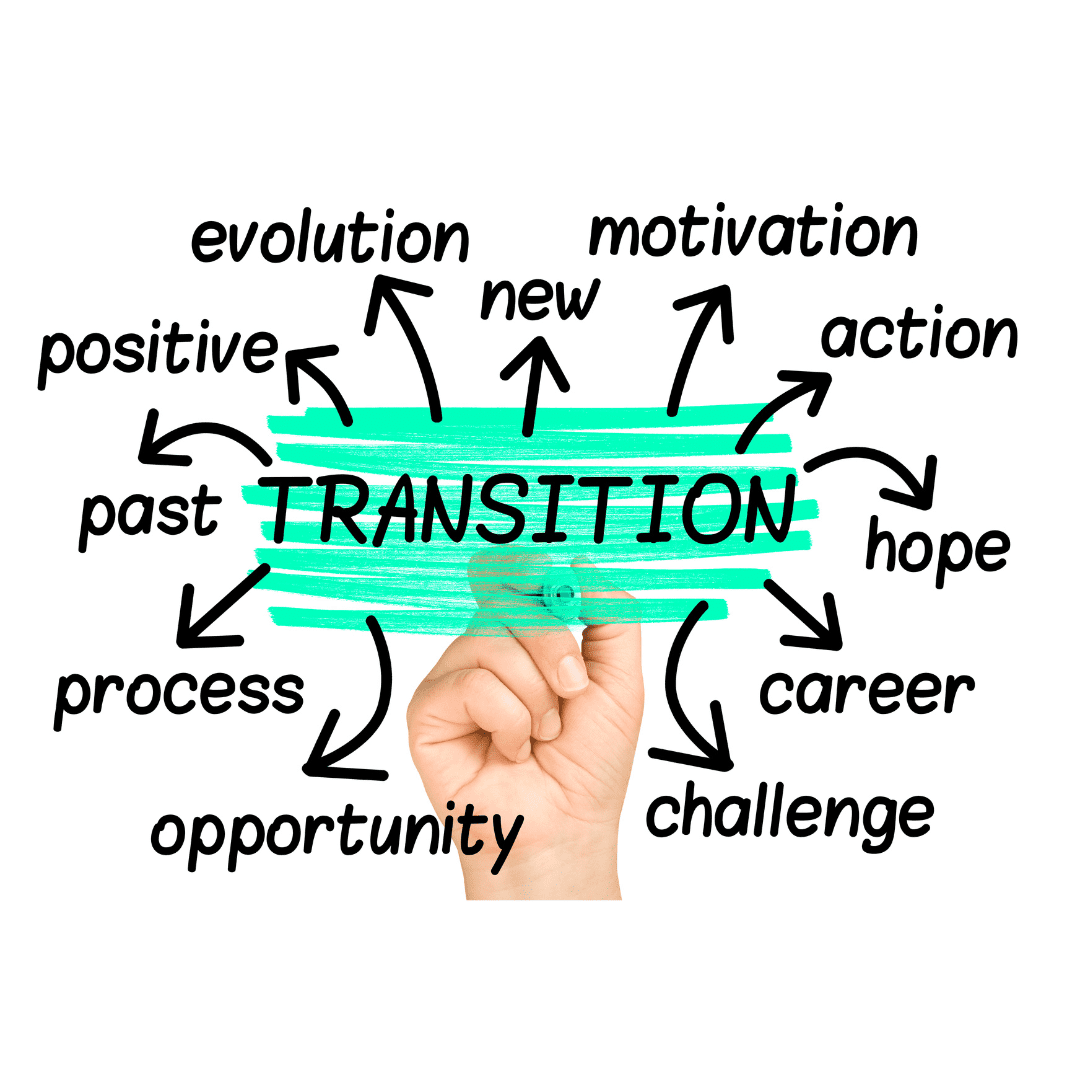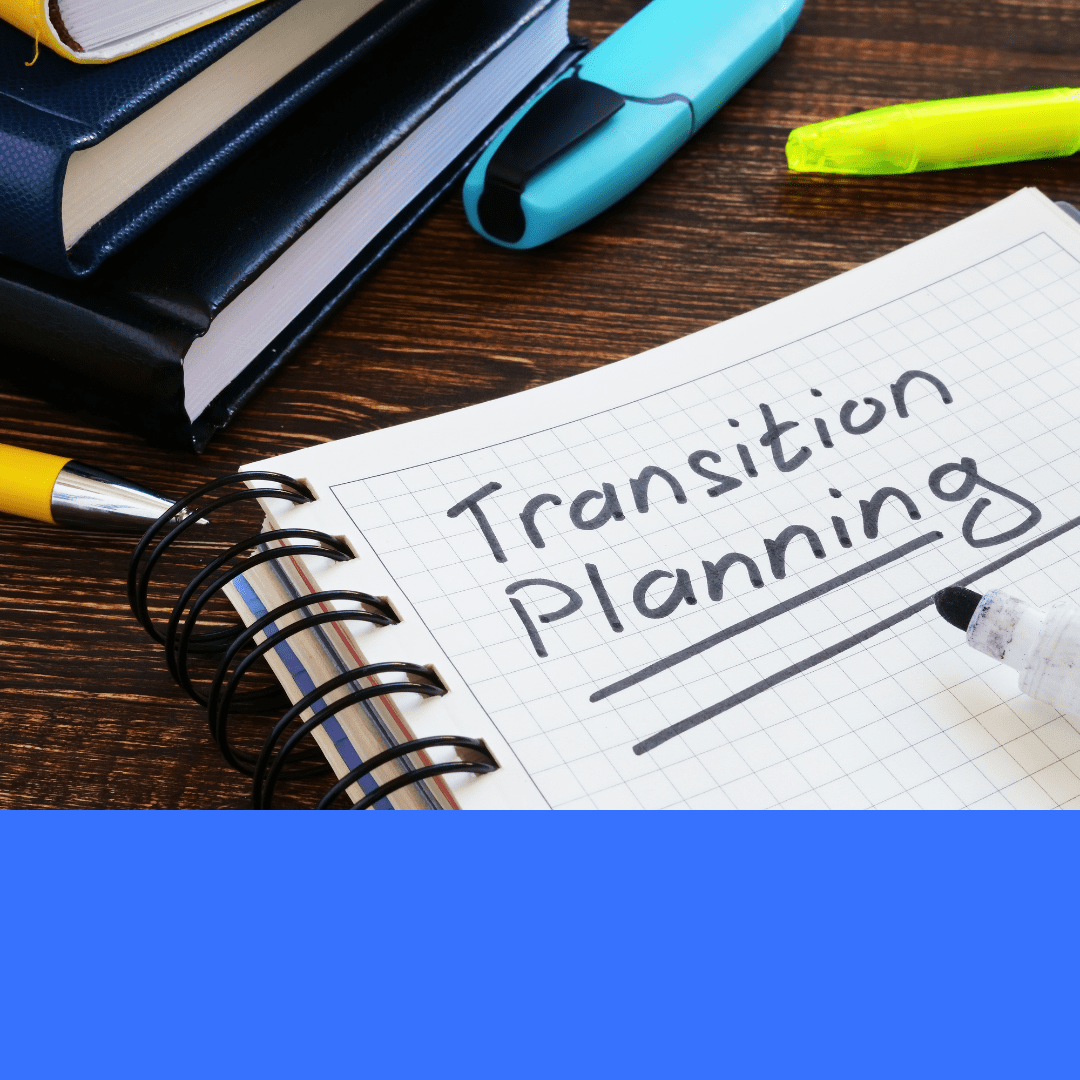A period of transition begins once we know a change is coming. And for adolescents, transition into adulthood is a right of passage and time of great importance in one’s life. The planning a person does or doesn’t do can make or break a smooth transition process. Disability or not, transitioning into adulthood can be particularly daunting for students. They leave behind familiar schools and routines, friendly faces, and the support system they have cultivated over their childhood. Faced with the uncertainty of change, one can find comfort in knowing that transitions begin a long time before change occurs. With the right plan in place, transition into adulthood can be a fun process. It can even be something to look forward to as times of change are opportunities to design our lives to be anything we want them to be.
Consider following the steps below when formulating a transition plan into adulthood. This process can start anytime. For a student who experiences an intellectual and/or developmental disability, it is advised that planning for transitioning into adulthood begin at age 14. This will allow time to be adequately prepared.

Step One: Identify your circle of support and Chart your LifeCourse. These are practical tools that anyone can use for planning, problem solving or thinking about how they want their future to look. Charting the LifeCourse framework is a popular tool in a professional’s toolbox in the adult world of disability services in NJ. It is helpful to be familiar with LifeCourse framework now. Get comfortable with planning and problem solving from this perspective so that you are best prepared for your future.
Step Two: Dream big! Design the life of your dreams without limits. Imagine what your life would look like if “no” wasn’t in your vocabulary. Create a vision board or vision booklet if it helps you to see your dream life in images. Make notes and journal your dream life. Psychology Today tells us that “mental practice can get you closer to where you want to be in life, and it can prepare you for success!”
Step Three: Set short-term goals based on your dream life. Map them out in an outline as if you were writing a book. You are essentially writing the story of your life from here on out. You can use a goal setting app or template to help you. Ask for support from a friend or trusted ally to help you if you need it.
Step Four: Start to identify resources, services and supports that will help you achieve your dream life. There are a lot of resources in NJ’s adult world of disability services! You can begin your search with the NJ Youth Transition Conference website. There, you will find webinars from state providers who offer services once you enter the “adult world” starting at ages 18-21.
Step Five: Navigate the path. Getting into the NJ Division of Developmental Disabilities (DDD) “system” as soon as you are eligible can make a big impact on the ease of the transition process. Keep in mind that in NJ, the youth world of services is based on entitlement. The adult world of services is based on eligibility. So, the sooner you know the services that you are eligible for, the sooner you can start moving forward with designing and creating your dream life!
